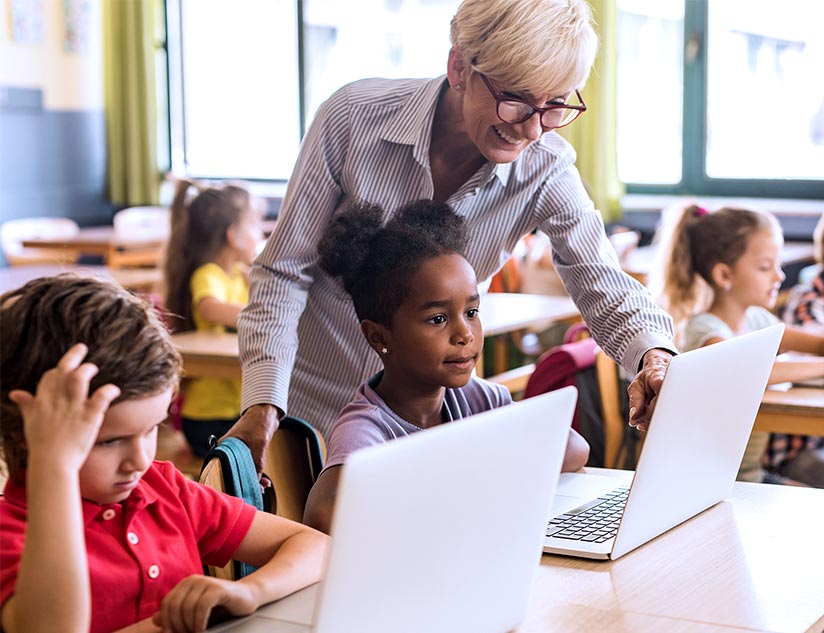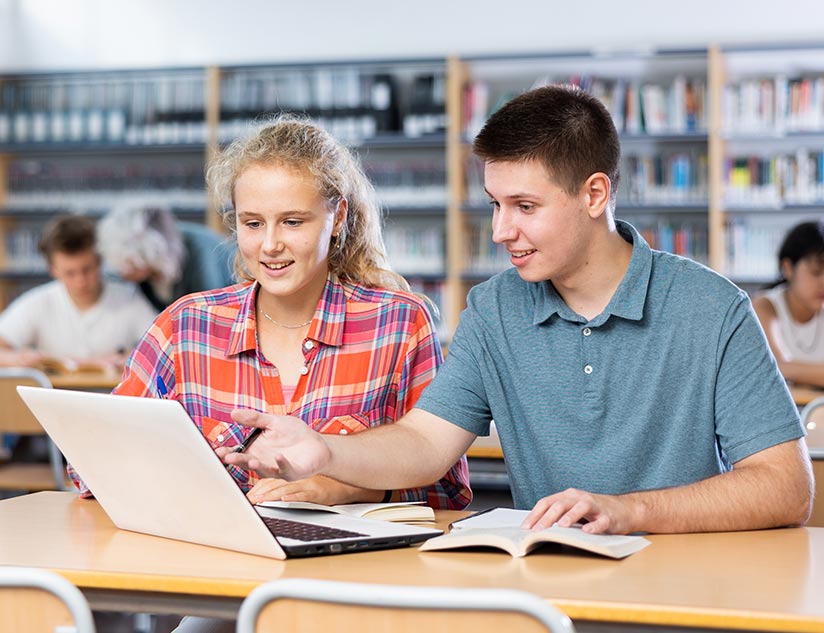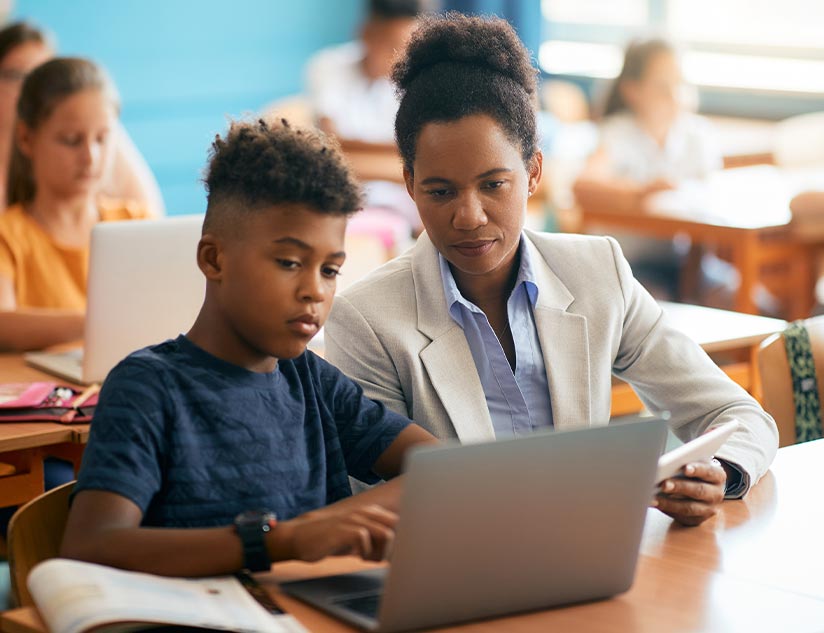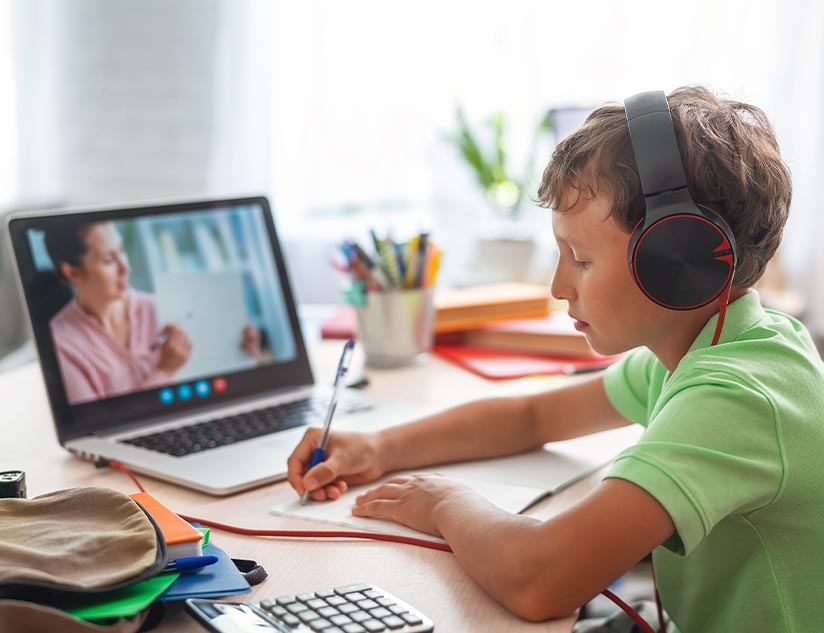As education gradually ceases to exist solely in the realm of static classroom learning, it’s expanding to include a more holistic and self-directed approach with the use of technology. However, educators are taking consumption of digital content one step further by promoting technology-enabled creative learning, invention, and discovery in students.
What is a Makerspace?
According to Sylvia Martinez, the author of Invent to Learn: Making, Tinkering, and Engineering in the Classroom, a seminal work on the Maker Movement:
“The Maker Movement is a revolutionary global collaboration of people learning to solve problems with modern tools and technology.”
Makerspaces are creative learning spaces that promote self-directed learning in students, often with the aid of readily available tools like art & craft supplies and recycled material. It also makes use of modern technology like printers, computers, electronic devices, and robotic equipment. The term refers to the utilization of an assortment of hands-on activities like computer programming, robotics, etc. to promote learning through collaboration and experimentation.
A makerspace environment is marked by the hands-on opportunity that it offers to learners to inculcate a spirit of inquiry and bring about multidisciplinary learning. It allows students to dabble with ideas practically, explore academic concepts, and create new things using a combination of tools and materials.
For instance, educators can enhance understanding of educational concepts by setting up a makerspace equipped with online learning tools. For example, students can understand concepts in biology more effectively by using 3D printed models of human body parts and looking at a model closer to reality than just diagrams in textbooks. Thus, through the use of technology, students can deepen their expertise in academic concepts in everyday classroom environments.
Makerspaces have especially been lauded for their effectiveness in teaching science, technology, engineering, math (STEM) to K-12 learners. With the EdTech revolution already underway, use of makerspaces for enhanced learning is only going to gain more acceptance in upcoming years.
The Makerspace Movement in K-12 Education
What lies at the core of a makerspace is the mindset to create something out of very little or nothing at all, while exploring individual interests.
K-12 education has always been restricted to learning without imparting practical skills to students, makerspaces are specifically relevant in filling that gap and promoting critical thinking skills in students.
Makerspaces are also extremely useful in imparting critical competencies in the field of STEAM. to impart more authentic and personalized learning experiences to students. For example, students can learn concepts in history, such as how ancient cities were formed and planned by building models using Legos. When students construct these models using play objects, they deepen their knowledge while gaining a visual and practical understanding of the same.
However, the Maker movement is still at a nascent stage despite the traction it has seen in recent years. Given that students are more comfortable with mobile devices today than ever before, online education can potentially play a significant role in further supporting the movement.
As students spend a lot of time on mobile phones and tablets, using these devices to educate and encourage creativity only sits well with the cause of personalized education. The virtual learning thus imparted can be used to promote action in the physical world. For instance, educators can develop interactive content on a platform like MagicBoxTM to teach students to build their robot, which the students can then undertake as an assignment using tools and supplies in a Makerspace.
Aligning Makerspace Activities with K-12 Curriculum
Since several schools are realizing that they haven’t focused a lot on active learning, they’re trying to bring the Maker mindset back. Makerspaces in K-12 education are a way to allow students to step outside of their comfort zone, make a few mistakes along the way, and ultimately create something interesting. Students can move through the curriculum at their own pace, especially when it is built on a reliable digital learning foundation. Using online modules, they can evaluate projects that interest them and pick them to optimize their learning experience.
Even though this teaching technique has been in existence since the early 2000s, it has gained traction recently, particularly since schools in the United States are actively advocating ‘Next Generation Science Standards (NGSS)’ that prioritize practical learning over rote learning.
The maker movement is a grassroots process and not a top-down one. Therefore, while aligning Makerspace activities with a curriculum, it’s important to educate and support teachers in creating their Makerspace.
Using Makerspaces to Achieve Superior Learning Outcomes
Makerspaces are important because creativity is the key to meaningful learning. For instance, students can learn to build apps, code, and 3D print with the aid of digital content, which is not just aimed at educating in an instructive but interactive manner, too. The important part is to get students excited about learning new concepts. This goes on to show how makerspaces could be utilized to make certain STEM and STEAM-related projects more understandable and interesting for students who do not find these subjects particularly attractive.
Projects involving makerspaces can encourage students to become creative and solve problems in a more comprehensive manner.. The element of personalization is what ties the concept of makerspaces with online learning so seamlessly.
Much as is the case with e-Learning, Makerspaces provide a learning experience that allows the child to explore and discover things bringing immersive type of learning.
Educators willing to transform their traditional classroom setup into a vibrant community of ideas need to nurture students to help them find their passion and encouraging them to participate in classroom discussions and activities. Schools and educators should look for ways to maintain a balance between the established curriculum and students’ passion. With this approach, students will thrive in environments that constantly fan their interests through the Maker mindset. It goes without saying that if fostering creativity is the ultimate educational objective, then a Makerspace is the perfect means to achieve the same.
What the Future Holds for K-12 Education
Business leaders mentioning about young graduates lacking essential real-world skills that add to employability points to a crisis in creativity and innovation which is result of educational institutions failing to inspire students to think for themselves. Makerspaces are all about the student-centered approach that is the central tool to achieve the goal of meaningful learning.
Educating students to become innovators can only be achieved through practical, hands-on projects that help them solve real-world problems by collaborating in communities. Now is the time to change the face of education to include more holistic, creative, and self-directed learning approach that will help students to become creators and inventors.
Contact us if you want to discuss more on how STEM courses could be designed in a way to make them more interactive and aligned to the Makerspace movement.














